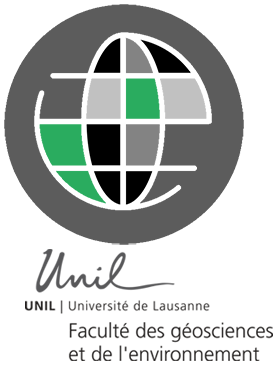Thèse soutenue par Roya OLYAZADEH, le 7 septembre 2017, Institut des sciences de la Terre (ISTE)
These days, web and mobile Technologies are growing rapidly. Most of the people have their own device and they interact with others around the world daily. But using these technologies was not very common when it comes to risk and disaster management. Different organizations are trying to have the best advantages of these technologies when a disaster happen and many kinds of research are involved.
However, no study tries to investigate the adoptions and applications of using free data and free technologies (open source, open data). This thesis presents the development of several open source Web-GIS prototypes in risk and disaster management. The main purpose of this research is to find the different adoptions and applications of free technologies (open-source) by implementing and testing those prototypes. This research was carried out in 3 major phases :
- Risk identification,
- Collection of data and analysis,
- Decision-making.
We have developed a mobile application which can work oflline and it was tested for the post-disaster earthquake in Pokhara, Nepal. The similar application was designed for Canton Vaud, Switzerland for inventories of multi-Hazards. The other prototype was based on a European project called RiskChanges which delivers five modules naming as Input data, Risk, Cost, Decision and visualization which working closing together for the best risk reduction decision. The other prototypes are using open data to evaluate the rapid impact of disasters. One of this is called RiskGIS and used in a teaching project for Bachelor student at University of Lausanne.
The results of these different platforms clarify how open-source GIS technologies can be easily adopted on different levels of Risk and Disaster management such as post-disaster management, teaching, decision support systems and, etc. Moreover, the results present the technical difficulties to adapt these technologies to real-life situations.



